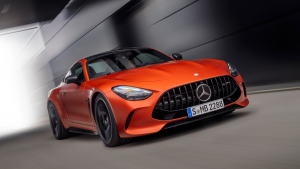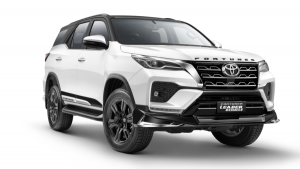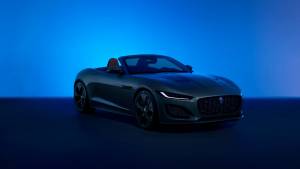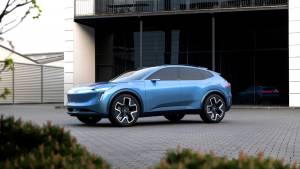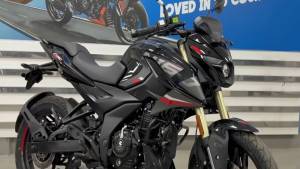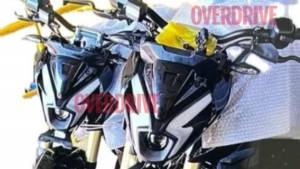15 most underrated cars in India
Some things are difficult to comprehend. Like why some of us wear socks with floaters, or why we hang helmets on motorcycle mirrors when we can very well wear them. Then there is our bizarre love for diesel cars even though we drive less than 20km a day.
But what surprises me even more are the cars we choose not to buy. Cars that are inherently good products - practical, well engineered and well worth our time and money. Is it the badge on their nose, or their price and positioning? Or, have they simply just slipped under our radar? Whatever the reason, we believe these car deserve a second look. Here's our list of top 15 underrated cars you'd do well to own.
1. Tata Nano
Great pricing. Great economy. Class-leading space. Its top of the line LX version gets a decent set of equipment. It looks appealing and wasn't too difficult to drive.
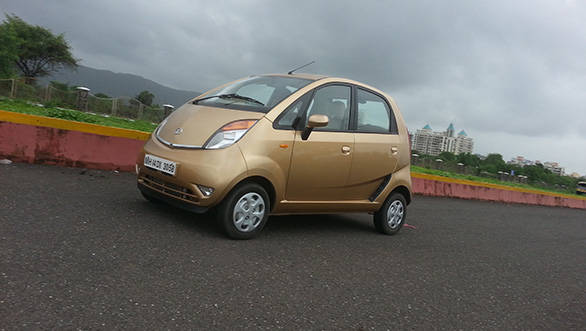 2013 Tata Nano LX
2013 Tata Nano LX
Why it didn't catch on
Two reasons: One was its positioning as the world's cheapest car; now where's the fun in owning the cheapest anything. Second was fire. With so many Nano's catching fire across India, the car's reliability and safety were rightly questioned by all.
Why we would buy one
Today, the Nano is a much better car. It is easier to steer, has a friendlier cabin, and boasts of upgraded electricals and mechanicals. If my college going daughter or son wanted a car, I might be tempted by the Nano.
2. Chevrolet Beat diesel
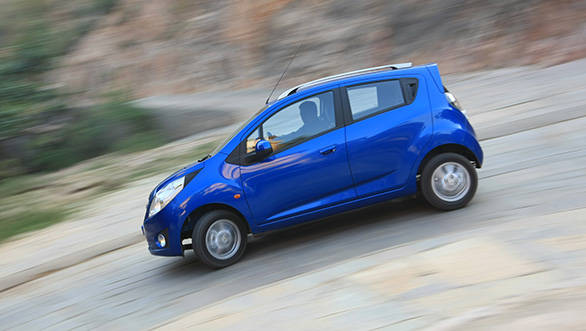 Although the Beat diesel's engine was small, it was efficient
Although the Beat diesel's engine was small, it was efficient
Funky, young looks. Jazzy, spacious cabin. Decent ride and handling. And although its engine was small, it was efficient. A good city runabout with low fueling cost.
Why it didn't catch on
The Beat never did well in petrol guise. It failed to catch the buyer's fancy because it brought nothing new to its class, besides fancy styling. Buyers naturally stuck with better established brands in the class like Maruti and Hyundai. The diesel again brought nothing new to the plate. Yes it was efficient, but the likes of the Swift weren't way behind either.
Why we would buy one
It's a good looking car and it's easy on the pocket - it's going for huge discounts today. Plus, with its ride and handling balance and controls that aren't too heavy to use, the question that needs to be asked is - why not?
3. Honda Jazz
Upmarket, sedan-like and hugely practical interiors. Brilliant visibility. Easy to drive. Good engine and gearbox combo which packed in a fair balance between performance and fuel-efficiency should have helped the Jazz's cause further.
 The Jazz was brilliant, but expensive initially
The Jazz was brilliant, but expensive initially
Why it didn't catch on
Purchase price.
Why we would buy one
Wonderfully airy. Nicely built. Carries the Honda badge and remains a great car for both city and highway use. Mostly though, because it isn't on the market anymore and because it never really sold well, it should be a good bargain in the used car market.
4. Skoda Fabia
Superbly built. Well engineered. Drove like a larger, more mature car. Had class-leading ride and handling, steering response, and braking. Initial batch also had the wonderfully efficient and torquey 1.4-litre pump Duse diesel engine. It wasn't short on space either.
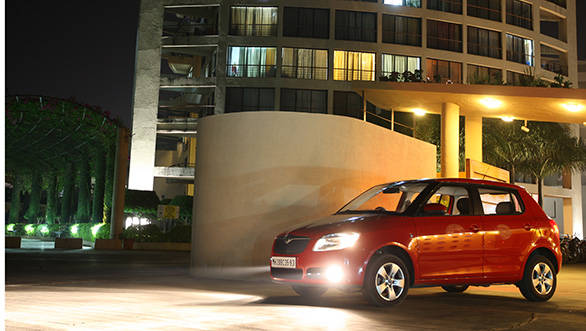 The Fabia was OVERDRIVE's car of the year, 2009
The Fabia was OVERDRIVE's car of the year, 2009
Why it didn't catch on
High service cost for a small car, and questionable Skoda service. Later on, Polo offered the same virtues but in a better-looking package, while the ghost of Skoda's service never really left the Fabia.
Why we would buy one
For its engineering over everything else. It is a car that's built to last. And because it is such a good car to drive, no matter what engine. And again, like the Jazz, it should be a bargain in the used car market.
5. Maruti Suzuki SX4
Good visual presence. Maruti name. Strong petrol engine. Good passenger room. Practical high ground clearance mixed with commendable handling. It was also launched with an efficient diesel engine later on. It wasn't exactly poor on equipment either.
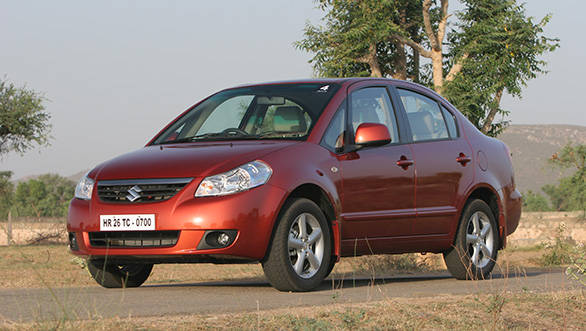 Practical high ground clearance mixed with commendable handling made the SX4 a good buy
Practical high ground clearance mixed with commendable handling made the SX4 a good buy
Why it didn't catch on
Because the Honda City was simply a better car. It also had a higher snob value. The City was more efficient and better looking. Maruti said it would beat the City sales numbers with its diesel SX4. But then, the new Verna arrived. And the SX4 instantly looked dated, poorly endowed and underpowered.
Why we would buy one
It's still on sale, and comes with handsome discounts. As a car there's nothing wrong with it. Yes, it's not as stylish as the Honda or the Hyundai, but for lesser price, it's still a sturdy car with good mechanicals. Also, it works wonderfully well in monsoon submerged cities.
6. Ford Fiesta 1.6S
It had the looks. It had the handling. It had the tyres. And it had the right hue. It was a car that screamed purpose like no other. It was 'the' car to buy for a driving enthusiast on a budget till the Polo GT TSI arrived. But, of course, the Fiesta 1.6S had long gone off the shelves before the VW's arrival.
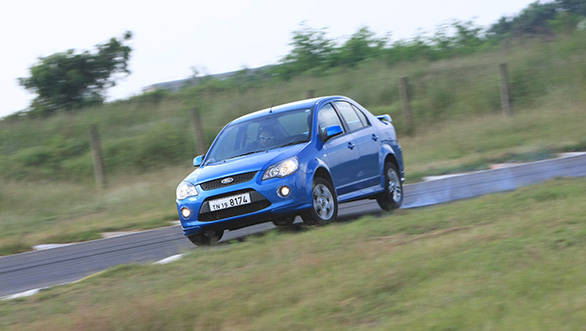 The Fiesta 1.6S was 'the' car to buy for a driving enthusiast on a budget till the Polo GT TSI arrived
The Fiesta 1.6S was 'the' car to buy for a driving enthusiast on a budget till the Polo GT TSI arrived
Why it didn't catch on
Plainly because Indian enthusiasts fail repeatedly at putting their money where their mouth is. So, we demanded such a car, but we went ahead and bought diesel Fiestas citing fuel-efficiency. The car was promoted well, it received rave reviews but, we guess, it was too small a niche to justify its continuance. Sad.
Why we would buy one
Simply, because it is a wonderful car to drive. A proper enthusiasts car. Period.
7. Fiat Linea T-Jet
Standout looks, potent engine and good dynamics backing it, made for an involving car to drive. It did have disc brakes all round, after all, while the others in the segment had to make do with drums at the rear. It also had better tyres. The T-Jet was wonderfully well-equipped. Fuel economy wasn't bad and it had a comfortable ride.
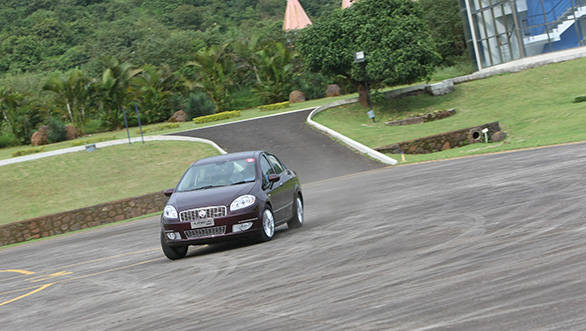 Standout looks, potent engine, and good dynamics backing the engine made the Linea T-Jet an involving car to drive
Standout looks, potent engine, and good dynamics backing the engine made the Linea T-Jet an involving car to drive
Why it didn't catch on
Being a Fiat, which meant limited retail and service network, was one of the reasons. This is also the reason why the Grande Punto and the regular Linea never really sold well. Given our reluctance to choose performance-based versions over regular cars, specifically over diesel-powered ones, was another telling reason.
Why we would buy one
For the same reasons it should have worked in the first place - standout looks, potent engine, and good dynamics backing the engine which made for an involving car to drive. And now, there's a newer, better version on sale too.
8. Nissan Evalia
Practical seven-seater. Spacious. Fuel efficient. With a user friendly cabin and enticing equipment. It might have looked big, and it might have had a utility vehicle-like driving position, but it was still easy to pilot both within the city and on the highway. Comfortable seats were another plus.
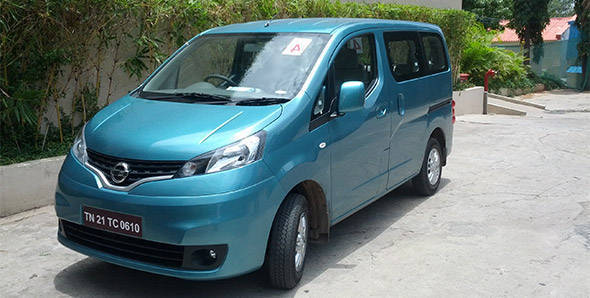 Even as a car for the extended family, the Evalia makes more sense than even the Innova given easier and lower ingress
Even as a car for the extended family, the Evalia makes more sense than even the Innova given easier and lower ingress
Why it didn't catch on
Looks. It just looked too utilitarian for private buyers to pick up. A typical case of judging the book by its cover, really. Not that it did not have its flaws; not having roll down or sliding second row windows was a big oversight. Also not providing captain seats for the second row took away from the upmarket/personal feel.
Why we would buy one
It's the perfect vehicle to carry a motorcycle, luggage or even a dog given its low loading lip height and interior length. Even as a car for the extended family, it makes more sense than even the Innova given easier and lower ingress, less utility vehicle like handling, body roll and braking, and lower purchase price.
9. Mitsubishi Cedia
It had heritage which none of the other cars in its class had. Indian rallyists loved it because of the potential the engine and chassis offered. Even as a stock road car, it had soothing, upmarket interiors, and comfortable seats and a plush ride.
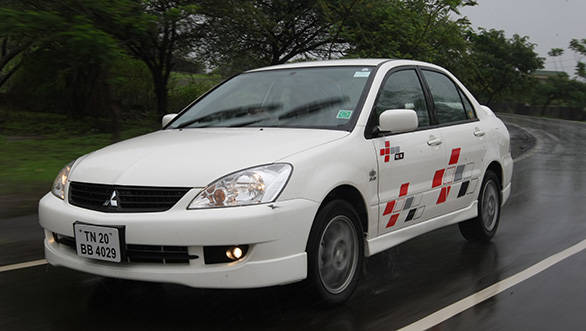 It's easy to find bolt on parts to make the Cedia drive better, make it more involving, and more fun
It's easy to find bolt on parts to make the Cedia drive better, make it more involving, and more fun
Why it didn't catch on
Simply because the competition was better. And, the Cedia had nothing new to offer; it wasn't even priced more aggressively. There were a few special editions that came in later to revive sales, but again, being simple sticker jobs with a bit more adornment for the interiors was never going to be enough to attract buyers.
Why we would buy one
For the potential it has shown on the rally circuit. It's easy to find bolt on parts to make the car drive better, make it more involving, and more fun. And now that has recently gone out of production, striking a good deal in the second hand car market should be easy.
10. Skoda Yeti
Good size - not too big, not too small. Good build quality. All wheel drive option. Capable of taking on the rough. And, apart from a heavy clutch, it was also easy to drive. Oh, and did I mention it was fun to drive? Well it was... a lot.
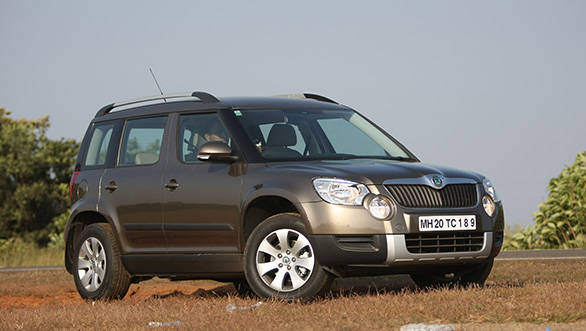 The Yeti's diesel engine is nice - torquey and efficient
The Yeti's diesel engine is nice - torquey and efficient
Why it didn't catch on
Fortuner. Yes, with similar pricing as the Fortuner, the Toyota's bulk and two extra seats made more sense to the Indian car buyer. Skoda did launch a two wheel drive version with a lesser price tag, but then the XUV500 entered the fray. Again, it had more visual appeal, more features and a lower price tag. A lower price tag for the Yeti would certainly have helped it sell more.
Why we would buy one
For starters, it is just the right size to take to Ladakh - again, not too big, not too small. And it is quite capable off road. It also works well inside the city and is good fun on a twisty road. The diesel engine is nice too - torquey and efficient. Most of all, it says more about you than, say, the similarly priced Laura.
11. Nissan Teana
Spacious. Plush. Well specced. Decent to drive. And because it wasn't as popular as the competition, it would have attracted more eyeballs. But mostly, it was a wonderful car to be chauffeured in. The rear seats were like sofas and it also came with a footrest. The ride, again, was pliant and plush.
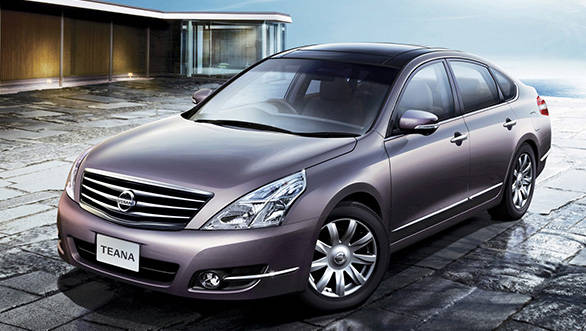 If we wanted to be chauffeur-driven to work and clocked less than 3,000km a month, we would buy a Teana
If we wanted to be chauffeur-driven to work and clocked less than 3,000km a month, we would buy a Teana
Why it didn't catch on
Spending in excess of Rs 20 lakh for a Nissan when one could buy a Honda, Skoda or a Toyota for similar money isn't something that made sense to us Indians. Plus, it only came with a petrol engine, and we all know if it's a petrol we wanted in this class, the Accord was the default choice. And of course, it was a CBU and Nissan never really looked at pushing it.
Why we would buy one
It has a good engine, a CVT, and a quiet and well-appointed cabin. It has wonderful seats. So, if we wanted to be chauffeur-driven to work and clocked less than 3,000km a month, we would buy one.
12. Skoda Superb V6 4x4
Superbly built. Loads of equipment. Great to drive. And, it also came with an umbrella holder. It had all wheel drive and a 3.6-litre V6 direct-injection engine. Moreover, it had all the Superb virtues too - big on space, practical boot, comfortable seats, pliant ride and involving handling.
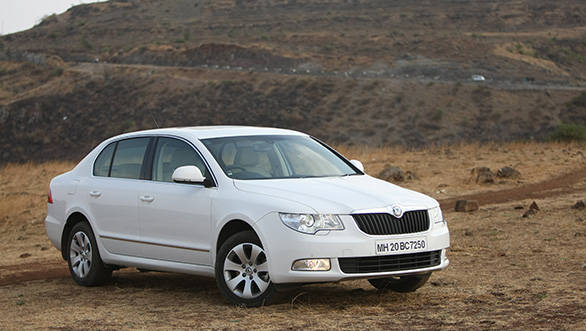 The Superb is big on space, has a practical boot, comfortable seats, pliant ride and involving handling
The Superb is big on space, has a practical boot, comfortable seats, pliant ride and involving handling
Why it didn't catch on
Again, enthusiast centric cars don't find buyers in India. There's also the case of the V6 being a lot more expensive than the regular Superb, while not giving the buyer anything special visually and equipment wise. Also, the 1.8-litre Superb was already a great petrol car to buy in that segment and unless you drove on gravel or snow often, one couldn't appreciate the all wheel drive system.
Why we would buy one
Simply because it is great to drive. It has a larger, more powerful engine. Because it has all wheel drive, it gives us higher bragging rights. Not to mention, an excuse to go slide. In our book, the Superb V6 was the right blend between a car one can be driven in and have fun with while in the driver's seat. It has now been discontinued and some are available for under Rs 10 lakh in the used car market already.
13. Hyundai Santa Fe
Full-sized SUV. Spacious. Well-built. Class leading dynamics. And a true seven-seater in all respects. It had a lovely diesel engine which left the competition for dead in a straight line dash. It was refined, quiet and returned a comfortable ride. It was, in fact, one of the best-equipped SUVs in its class too. And it had four wheel drive.
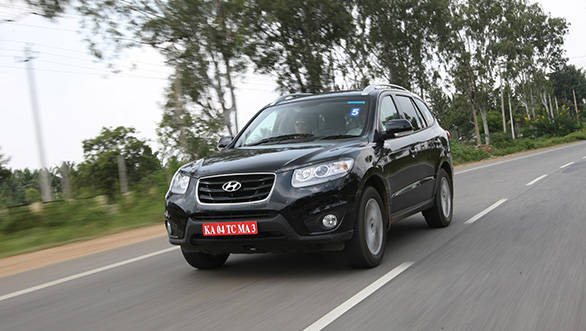 The Toyota ruined the Santa Fe's chances in the market
The Toyota ruined the Santa Fe's chances in the market
Why it didn't catch on
Fortuner. Yes, the Toyota Fortuner also ruined the Santa Fe's chances in the market. Both these SUVs were similarly priced and if people test drove the two back to back, they would have settled for the Hyundai. But, no one did test drive the two back to back. And most were just taken in by the Toyota name and the Fortuner's butch looks. Having soft, dated looks did not help the Santa Fe's cause either.
Why we would buy one
It is a proper full-sized SUV with class-leading space and more than adequate off-roading ability. We also love that nearly 200PS diesel engine. And it came with manual and auto options. Simply put, at that price, it delivered on everything but looks.
14. Mitsubishi Montero
Heritage. Off-roading ability. Cruising ability. Looks. Equipment. Ride. And a punchy engine.
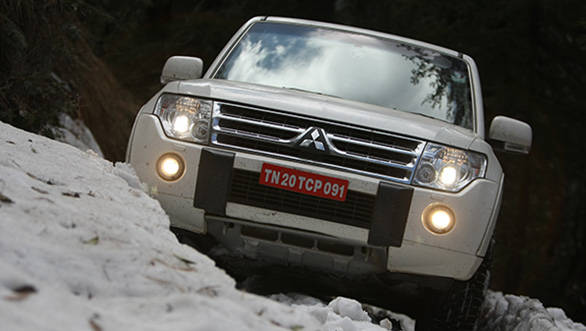 At the price the Montero demanded, one could buy luxury brands
At the price the Montero demanded, one could buy luxury brands
Why it didn't catch on
Simply too expensive. And at that price, we could buy luxury brands. The Montero was for hardcore enthusiasts who understood what the brand and the car stood for. Unfortunately, there weren't many.
Why we would buy one
Because it is a Mitubishi SUV; an animal that has won the Dakar a dozen times. The Montero (which is actually the latest generation Pajero) has that DNA, and it shows when you put it through sand, snow or hell. We love its go-anywhere ability. And that it is comfortable, pampering and driveable every day, just makes us want it even more.
15. Volvo XC90
Luxurious. Safe. Comfortable. And over all of this, it was the most practical SUV in its class being the only genuine seven-seater with a luxury badge. It had a reasonably potent diesel engine and was efficient too. It had typical Volvo traits as well - cushy and large seats, good equipment and a sensible price tag.
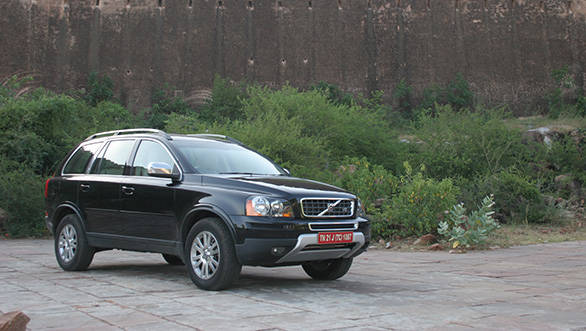 The XC90 is understated, but it can match the competition on almost every count
The XC90 is understated, but it can match the competition on almost every count
Why it didn't catch on
Poor brand awareness and not enough reach on the retail end. But mostly, it did nothing to stoke our emotions; it was just too boring to look at... and old school too.
Why we would buy one
Difficult this one. It's understated, but it can match the competition on almost every count. So, it is perfect for those who aren't very keen on showing off their wealth. But, we would only buy one if we got it for a seriously big discount. Otherwise, it doesn't make a good enough case for itself, especially over the likes of Audis, BMWs and Mercs, plainly on account of the way it looks.
Starts Rs 4.32 Lakhs
936cc
Manual
57.1
142.5
-NA-
Starts Rs 7.06 Lakhs
1368cc
Manual
90
210
-NA-
Starts Rs 10.9 Lakhs
1497cc
Manual
100
145
17.8 Kmpl
Starts Rs 7.5 Lakhs
1199cc
Automatic
90
110
17.1 Kmpl
Starts Rs 67.88 Lakhs
3200cc
Automatic
192
441
-NA-
Starts Rs 31.99 Lakhs
1984cc
Automatic
190
320
15.10 Kmpl
Starts Rs 29.98 Lakhs
2755cc
Automatic
150
500
-NA-
Starts Rs 6.17 Lakhs
999cc
Automatic
76
175
16.47 Kmpl
Starts Rs 80.9 Lakhs
1969cc
Automatic
235
420
-NA-
Related Stories
Top Stories
Latest Videos
Most Popular
- Budget Sportbike Showdown: Kawasaki Ninja 500 vs Aprilia RS 457 vs Yamaha YZF-R3
- 2014 Triumph Daytona 675 vs 2024 Kawasaki ZX6R - A Decade of Evolution in Supersport Motorcycles
- Mumbai-Pune Expressway speed restrictions updated
- Nissan Magnite EZ-Shift review - is the AMT any good?
- Nitin Gadkari states that tax on Hybrids should be reduced to 12 percent in the coming future
